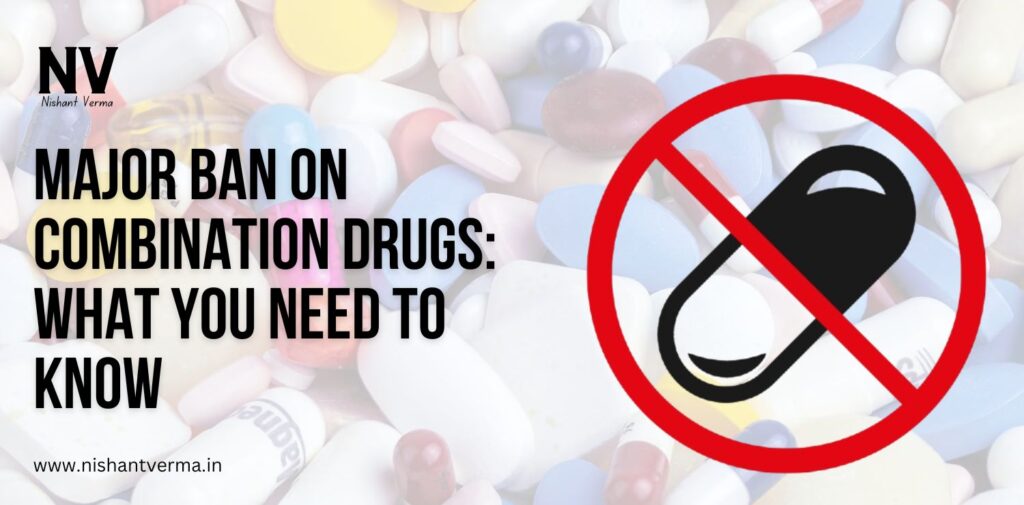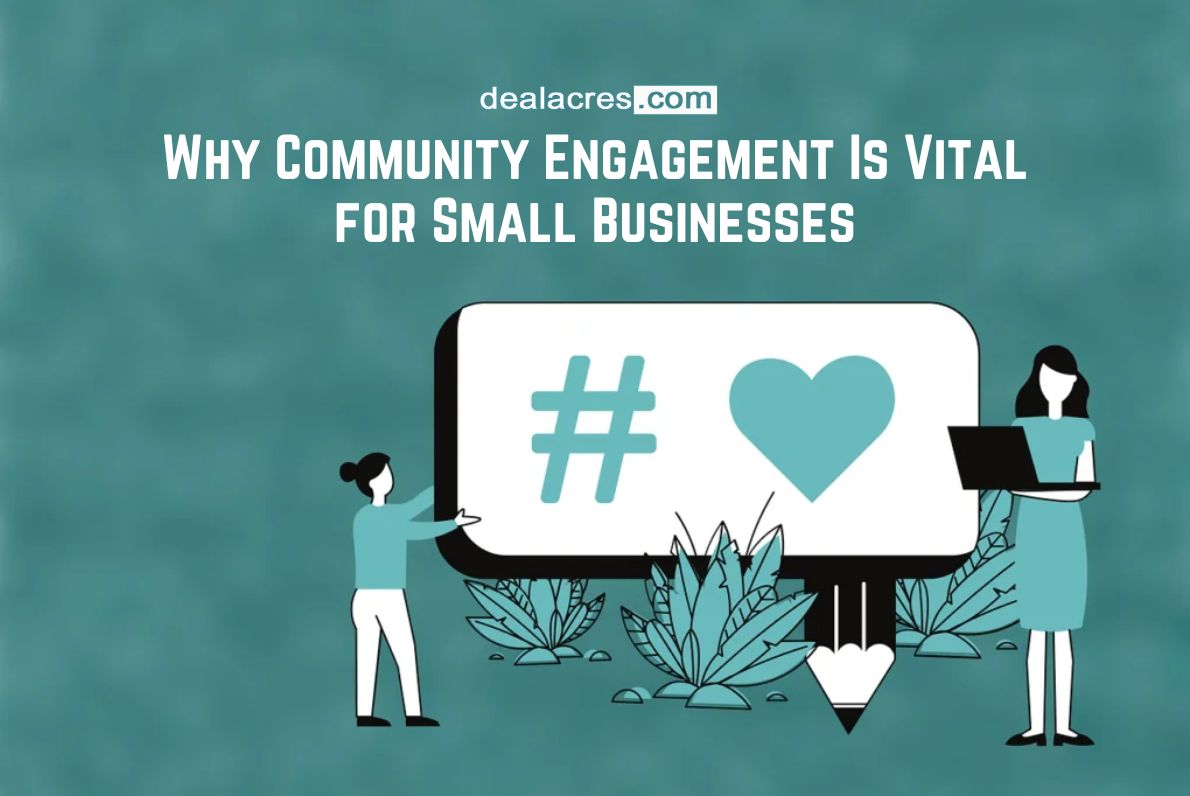In a significant regulatory move, the Indian government has recently banned 156 combination drugs, including commonly used medications such as paracetamol and cetirizine. This decision impacts a range of over-the-counter drugs used to treat fever, cold, and allergies. As consumers rush to check their medicine cabinets, it’s important to understand the implications of this ban and why it might have taken so long to address the issue.
Why Was the Ban Imposed?
Concerns Over Safety and Efficacy: The primary reason for the ban is safety. The Indian government’s decision stems from concerns that combination drugs may not be as safe or effective as once believed. Combination drugs often contain multiple active ingredients designed to treat various symptoms simultaneously. However, this can lead to complications, including adverse reactions and overdoses. The ban is a proactive measure to ensure that medications used by the public do not carry hidden risks that could potentially harm users.

Regulatory and Scientific Developments: The ban also reflects ongoing changes in regulatory practices and scientific understanding. New research may reveal that certain drug combinations are ineffective or potentially harmful. Regulatory agencies worldwide, including India’s, are constantly updating their guidelines based on the latest scientific evidence. In this case, the decision to ban these drugs is part of a broader effort to align with modern safety standards and scientific insights.
Impact on Consumers
Immediate Consequences: For many, the immediate impact of the ban is practical and logistical. Those who regularly use combination drugs for common ailments like colds, allergies, and fevers may find themselves scrambling for alternatives. Pharmacies and healthcare providers will need to adapt quickly to guide patients toward safer options. It’s crucial for consumers to consult healthcare professionals to find appropriate substitutes that ensure continued safety and effectiveness.

Long-Term Health Implications: In the long term, the ban aims to improve public health outcomes by eliminating potentially dangerous drug combinations. While the transition period might be challenging, especially for those who rely on these medications, the shift is intended to promote safer medication practices. Over time, the removal of unsafe drug combinations should lead to better overall health management and fewer adverse drug reactions.
Why Did the Government Act So Late?
Historical Challenges: The delay in banning these drugs may seem perplexing. Historically, regulatory agencies have faced challenges in keeping up with the rapid pace of pharmaceutical innovation and emerging research. Drug safety and efficacy are complex issues, and addressing them comprehensively can take time. In many cases, regulatory bodies need to gather substantial evidence and conduct thorough reviews before making such significant decisions.
Bureaucratic and Economic Factors: Bureaucratic inertia and economic considerations also play a role. The pharmaceutical industry is a powerful sector with significant economic impact. Regulatory decisions can be influenced by various factors, including industry lobbying and economic implications. Ensuring that a ban does not disrupt the market or negatively impact the economy is a delicate balance that regulators must manage.
Evolving Scientific Evidence: Scientific evidence evolves over time. What was once considered safe may later be deemed risky as new research emerges. The delay in banning these drugs might be attributed to the time it takes to collect and analyze data, and to reach a consensus on the appropriate regulatory response. The decision to impose the ban likely came after careful consideration of updated research and a reassessment of existing regulations.
What’s Next for Drug Regulation in India?
Stricter Regulations and Safety Measures: The Indian government’s decision to ban these combination drugs is part of a broader trend toward stricter drug regulations and enhanced safety measures. Moving forward, we can expect more rigorous oversight of drug combinations and an increased focus on consumer safety. This may involve more frequent updates to drug safety guidelines and a proactive approach to monitoring emerging research.

Increased Public Awareness: The ban also highlights the need for increased public awareness about drug safety. Educating consumers about the risks of combination drugs and the importance of using medications responsibly is essential. Health authorities and healthcare providers will need to play a proactive role in disseminating information and guiding the public through the transition to safer alternatives.
Future Prospects for Drug Safety: The future of drug safety in India looks promising with the government’s renewed focus on regulatory practices. By addressing outdated or unsafe drug combinations, regulators aim to foster a safer and more reliable pharmaceutical market. This shift will likely encourage innovation and improve the overall quality of healthcare in the country.
In conclusion, the recent ban on 156 combination drugs, including paracetamol and cetirizine, marks a significant step in ensuring drug safety in India. While the delay in addressing these issues raises questions, the government’s actions reflect a commitment to aligning with modern safety standards and scientific understanding. As consumers adapt to these changes, the focus will shift to finding safe alternatives and enhancing public awareness about medication practices.




